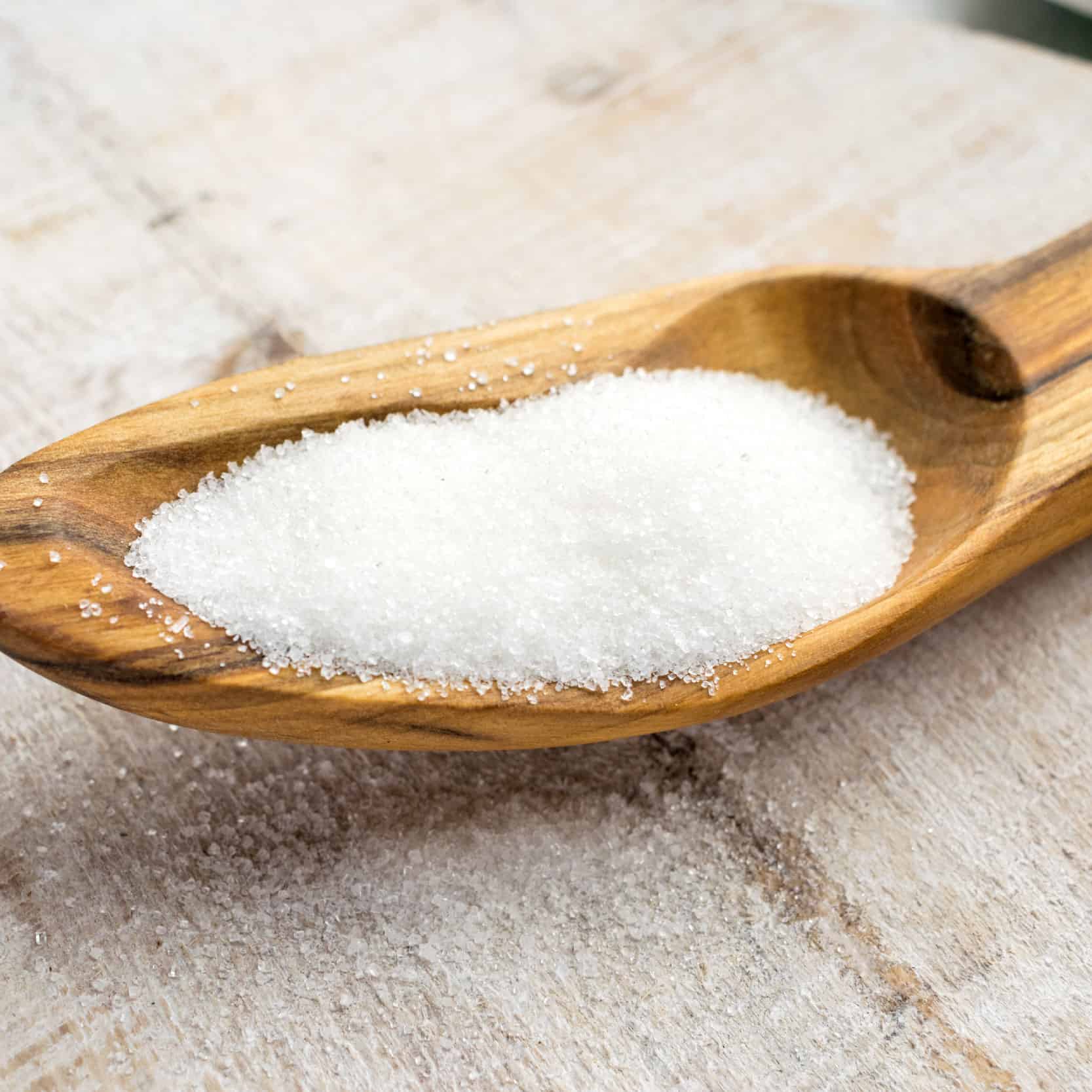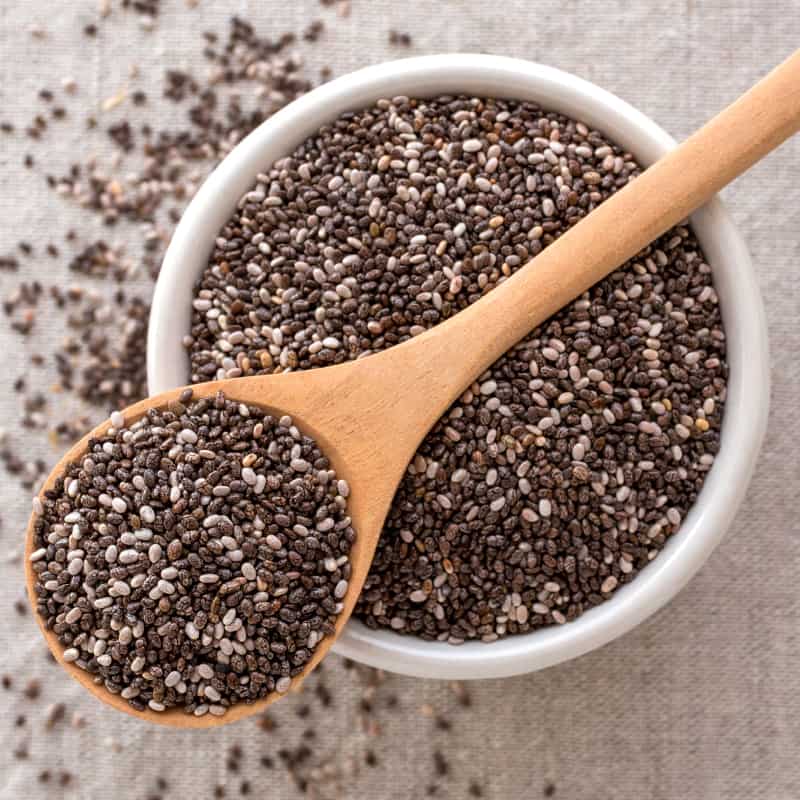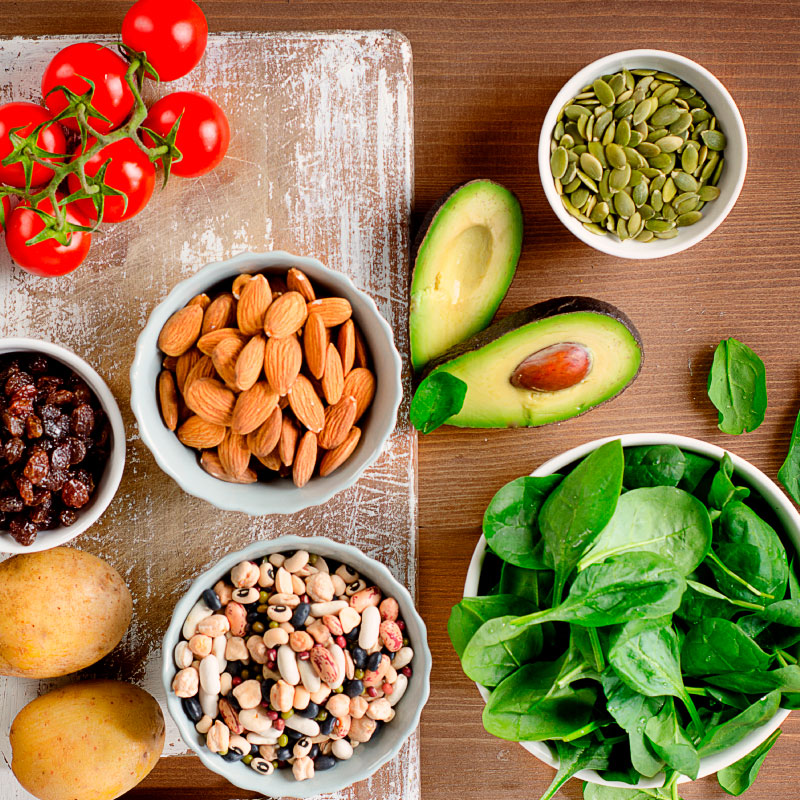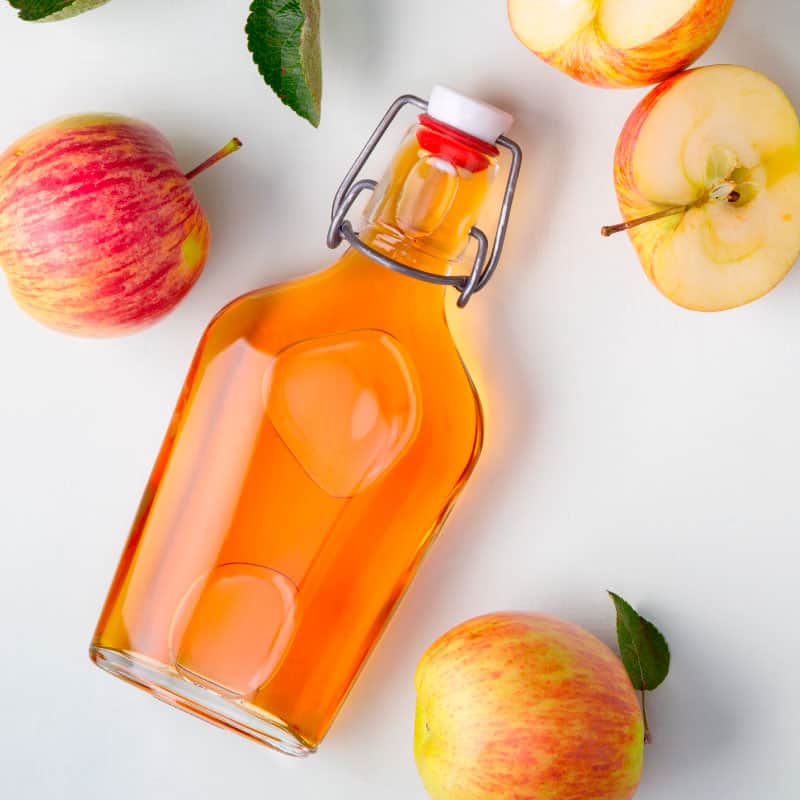This Dr. Axe content is medically reviewed or fact checked to ensure factually accurate information.
With strict editorial sourcing guidelines, we only link to academic research institutions, reputable media sites and, when research is available, medically peer-reviewed studies. Note that the numbers in parentheses (1, 2, etc.) are clickable links to these studies.
The information in our articles is NOT intended to replace a one-on-one relationship with a qualified health care professional and is not intended as medical advice.
This article is based on scientific evidence, written by experts and fact checked by our trained editorial staff. Note that the numbers in parentheses (1, 2, etc.) are clickable links to medically peer-reviewed studies.
Our team includes licensed nutritionists and dietitians, certified health education specialists, as well as certified strength and conditioning specialists, personal trainers and corrective exercise specialists. Our team aims to be not only thorough with its research, but also objective and unbiased.
The information in our articles is NOT intended to replace a one-on-one relationship with a qualified health care professional and is not intended as medical advice.
Porcini Mushrooms: 6 Reasons to Eat Them You Won’t Believe
November 8, 2023
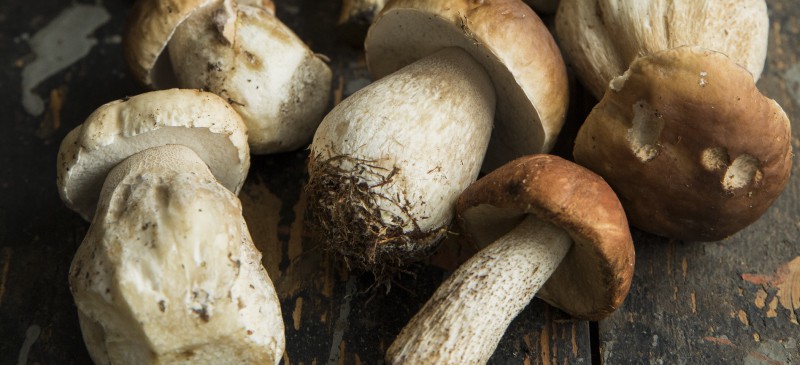
With their unique hearty, nutty and earthy taste, porcini mushrooms are a delicious way to amp up the flavor of just about any dish while also adding a boost of nutrition and health benefits.
These mushrooms are loaded with iron, fiber and antioxidants. They’re also high in protein and have a meaty, savory taste that can be incorporated perfectly into vegetarian and vegan meals.
Plus, they come with many health benefits and may help improve digestive health, promote weight loss, reduce inflammation and even kill off colon cancer cells.
From porcini pasta to stews and soups, it’s clear that this powerful mushroom can be a great way to help take your health to the next level.
What Are Porcini Mushrooms?
Also known as cepes, penny buns or their scientific name, Boletus edulis, porcini mushrooms are a type of edible mushroom found across the Northern Hemisphere, including in parts of North America, Europe and Asia.
The mushrooms come from a type of fungus that forms a symbiotic relationship with trees. Fungal tissue is wrapped around the roots of the tree underground, and spore-bearing fruit is produced above ground in the summer and fall.
They are characterized by a thick, white stalk between three to five inches tall and a dark brown cap. They also have an earthy, woodsy flavor that works well in a wide array of dishes, from soups to pastas — much like other mushrooms, such as lion’s mane mushrooms.
Porcini mushrooms are known by many different names around the world. For example, in Germany, these mushrooms are known as Steinpilz, or stone mushroom, because of their firmness, while the English refer to the porcini mushroom as the penny bun because of its shape and color.
Other names for the porcini mushroom include cèpe in French, belyy grib, which means “white mushroom,” in Russian and eekhoorntjesbrood, meaning “squirrel bread” in Dutch.
In Italian, they are called porcino, which comes from the word “porcine,” or pig. In fact, ancient Romans even referred to this mushroom as the hog mushroom.
While porcini mushrooms are common in many types of European cuisine, they are just beginning to gain popularity in other parts of the world and becoming a common ingredient in soups, sauces, pasta dishes and more.
Porcini Mushroom Nutrition Facts
Porcini mushrooms are low in calories but rich in many important nutrients, including protein, dietary fiber and iron.
A one-cup serving of porcini mushrooms (about 106 grams) contains approximately:
- Calories: 330
- Total Carbohydrates: 55 g
- Fiber: 2 g
- Sugar: 1 g
- Total Fat: 7 g
- Saturated Fat: 2 g
- Protein: 11 g
- Sodium: 450 mg (18% DV*)
- Iron: 3.6 g (20% DV)
- Calcium: 99.6 mg (8% DV)
*Daily Value: Percentages are based on a diet of 2,000 calories a day.
In addition to the above nutrients, porcini mushrooms also contain vitamin A and vitamin C.
Porcini vs. Shiitake
Porcini mushrooms are often compared to shiitake mushrooms thanks to their similar earthy, meaty flavor. However, there are many distinct differences between these two types of popular mushrooms.
While shiitake is typically cultivated, porcini mushrooms are usually wild because they require a host plant to grow. Shiitake mushrooms also tend to have more of a garlicky flavor with less earthiness than porcini mushrooms.
In terms of nutrition, dried shiitake mushrooms are lower in calories but also contain less iron and less than half of the fiber and protein found in dried porcini mushrooms.
However, both types of mushrooms can be a healthy addition to your diet. Include a few servings per week of both to a nutritious and well-balanced diet, and take advantage of the many health benefits they each have to offer.
Benefits
1. Can Aid in Weight Maintenance
The porcini mushroom is low in calories but loaded with protein and fiber, making it a valuable tool for any weight loss diet.
Fiber moves through the gastrointestinal tract undigested, promoting fullness and keeping your appetite under control.
Protein, on the other hand, can help increase weight loss in several ways. It helps decrease levels of certain hormones that stimulate hunger, such as ghrelin, boost metabolism and reduce caloric intake.
Protein also requires more calories to digest than carbohydrates or fat, meaning that you end up with a smaller amount of usable calories when you eat high-protein foods like porcini mushrooms than foods high in fat or carbohydrates.
In addition, a 2022 study determined that “edible mushrooms or their active ingredients may help prevent obesity and other chronic ailments,” including Boletus edulis.
2. Help Reduce Inflammation
Chronic inflammation is associated with a wide range of health problems, from rheumatoid arthritis and asthma to peptic ulcer disease. It has also been shown to contribute to the development of chronic diseases, such as cancer and heart disease.
Some studies have found that the porcini mushroom may contain potent anti-inflammatory properties that can help decrease symptoms of certain inflammation-related conditions.
A 2016 animal study published in the American Journal of Translational Research, for instance, treated mice with porcini mushroom extract and found that it decreased markers of inflammation as well as the inflammatory response related to asthma.
Further research notes that porcini is an anti-inflammatory and functional food that can help combat disease.
3. May Kill Colon Cancer Cells
One of the most impressive benefits of porcini mushrooms is their potential effect on colon cancer. In fact, some studies have found that these tiny mushrooms contain powerful compounds that can help kill off cancer cells.
A test-tube study published in the journal Food & Function showed that porcini mushroom extract was able to induce cell death in human colon cancer cells. Other studies have had similar findings, reporting that the compounds found in porcini mushrooms can block the growth and spread of colon cancer cells.
Additionally, porcini mushrooms are a high-fiber food, which may be protective against colorectal cancer. Several studies have found that increased fiber intake is associated with a decreased risk of colorectal cancer.

4. High in Antioxidants
Porcini mushrooms are high in antioxidants, which are compounds that neutralize free radicals and prevent damage to cells.
A study in Poland found that porcini mushrooms were high in many types of antioxidants, including beta-carotene, ascorbic acid and lycopene.
Antioxidants can reduce oxidative stress linked to the buildup of free radicals and may even decrease the risk of certain diseases, including inflammatory disorders, such as heart disease and cancer.
In addition to porcini mushrooms, other high-antioxidant foods include berries, artichokes, dark chocolate and kidney beans.
5. Promote Digestive Health
Thanks to their high fiber content, porcini mushrooms may be able to improve digestive health, prevent constipation and boost regularity.
As fiber moves through the body, it adds bulk to stool and eases its passage to reduce constipation. One analysis made up of five studies showed that dietary fiber was effective in increasing stool frequency in those with constipation.
Meanwhile, other studies have also found that increased dietary fiber intake may benefit several conditions that affect the digestive system, including gastroesophageal reflux, diverticulitis and peptic ulcer disease.
Research also shows that edible mushrooms like porcini mushrooms help with gut microbiota modulation, which benefits digestion overall.
6. Good Source of Protein
Thanks to the meaty, rich taste, porcini mushrooms can be a useful addition to vegetarian or vegan dishes to provide some extra flavor along with a boost of protein and iron.
Getting enough protein from protein foods like porcini mushrooms is essential to many aspects of health, from maintaining muscle mass to building and repairing tissues. As mentioned previously, protein can also help keep your weight in check, plus maintain normal blood sugar levels and promote brain and heart health.
In addition to porcini mushrooms, meat, poultry, seafood, legumes, eggs and nuts are all other nutritious options for increasing your protein intake.

Uses and Recipes
Porcini mushrooms are incredibly versatile and able to bring a unique, earthy flavor to many dishes.
Fresh porcini is often grilled or oven-roasted. It can also be added to porcini mushroom pasta, risotto, casserole or gratin.
If you have a favorite mushroom recipe that uses cremini mushrooms or portobello mushrooms, for example, you can generally swap in porcini mushrooms to add a unique flavor and boost of extra nutrients. For many recipes, using a porcini mushroom substitute can taste just as good as — if not better than — the original.
The porcini mushroom price can often turn people away as it does tend to be expensive in some places. However, dried or canned mushrooms are other convenient and affordable options available as well.
Dried porcini mushroom and canned mushrooms can be used to make porcini mushroom sauce along with soups or stews. Remember to soak dried mushrooms for 20 minutes to allow them to soften before using.
Fresh porcini mushrooms are available in the summer and fall and can be found in the soil around trees, especially beech and birch trees. Be sure to wipe away any dirt and use a damp cloth or towel to clean it, but avoid washing directly in hot water.
However, if you don’t have the extra time to go mushroom hunting and pick them yourself and are wondering where to buy porcini mushrooms, you can also often find these small mushrooms at your local grocery store or farmers market.
Look for mushrooms that are firm and undamaged, and avoid any with small holes that may indicate worms. You can also check under the cap and look for black spots or a dark green color, which mean that the mushrooms are likely already overripe.
You can also find canned and dried porcini mushrooms in most supermarkets as well as online. Although not as versatile as fresh mushrooms, these can be used to add flavor and nutrients to a variety of dishes.
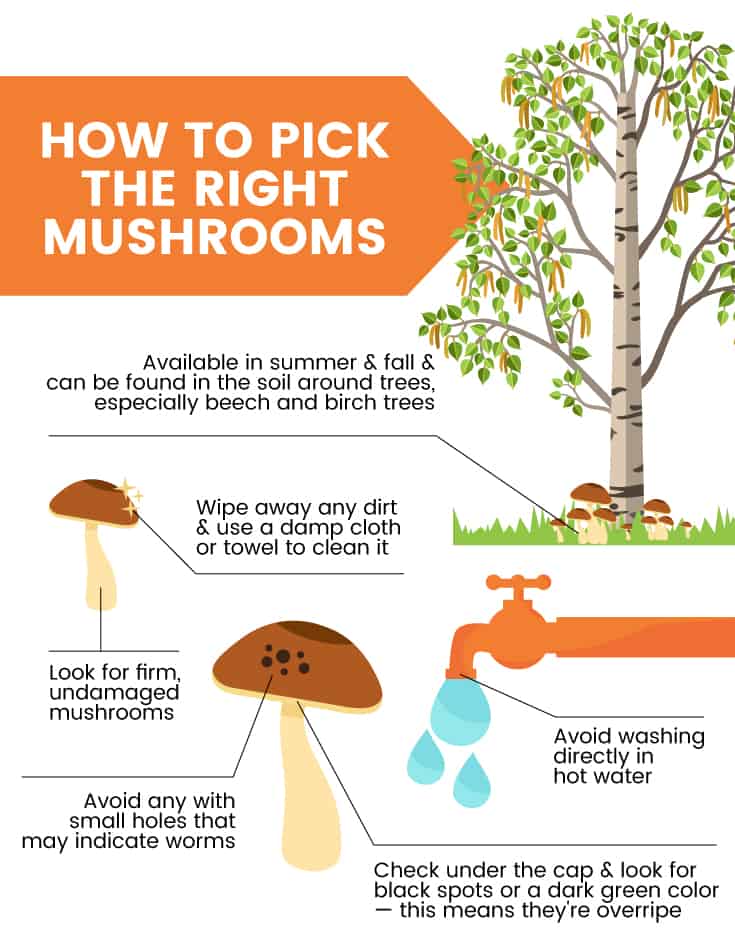
Recipes
Porcini mushrooms can be easily incorporated into any recipe that calls for mushrooms and can be used in either dried or fresh form. Here are a few porcini mushroom recipes for you to try:
Risks and Side Effects
Porcini mushrooms may cause an allergic reaction in some people. If you experience any adverse side effects after eating porcini mushrooms, discontinue use immediately, and report symptoms to your doctor.
Avoid eating porcini mushrooms raw as they can they irritate the stomach. Also note that the stalks of the mushrooms sometimes contain worms. If drying out your mushrooms, these worms will fall out during the process, but if eating fresh, be sure to cut around the worms.
Additionally, use caution when picking your own mushrooms, and avoid picking near industrial sites, highways or train tracks. This is because heavy metals and toxins can accumulate in mushrooms and cause health problems and toxicity. Mushrooms from non-contaminated areas are safe to consume, however.
For most, porcini mushrooms can be a delicious and nutritious dietary addition and can be enjoyed with minimal risk of side effects.
Final Thoughts
- Porcini mushrooms are a type of edible mushroom known by their scientific name, Boletus edulis.
- These mushrooms can be grilled or used in many dishes, including soups, stews and pastas.
- You can find these flavorful mushrooms in nature or in dried, canned or fresh forms at your local grocery store or farmers market.
- These mushrooms are low in calories but supply a good amount of protein, fiber and iron.
- They are also high in antioxidants and may reduce inflammation, improve digestive health, promote weight loss and help kill off colon cancer cells, making them a healthy option to help give your diet an upgrade.





